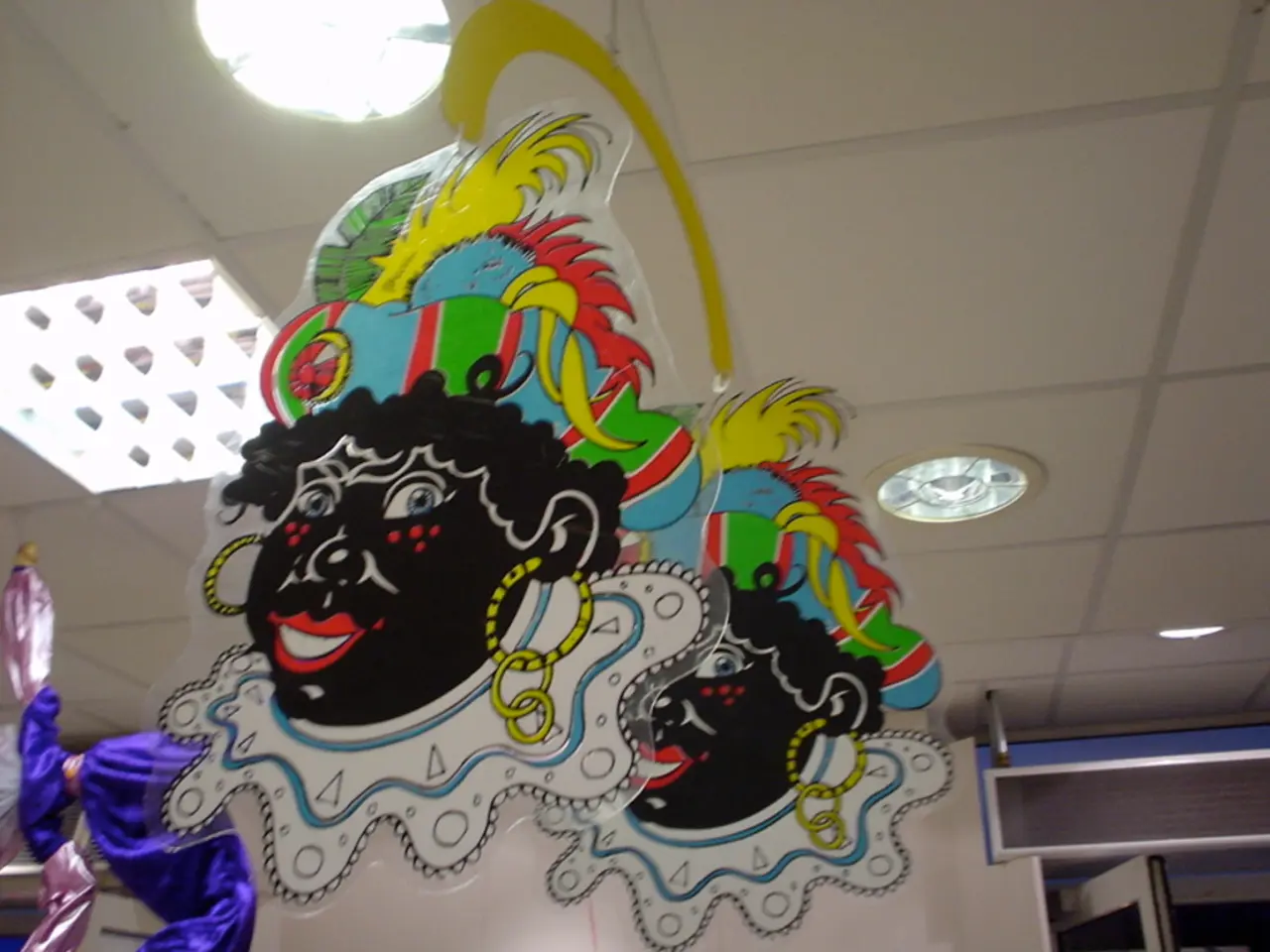Failing Sotheby's obtains a $200 million financial lifeline; questioning its effectiveness
=========================================================================
In the ever-evolving world of art, Sotheby's continues to make headlines, albeit for reasons beyond the usual auction excitement. As of 2024, the auction house is experiencing significant challenges marked by a notable downturn in auction sales amid broader economic headwinds.
The art market, much like the global economy, has been undergoing a rough patch. Factors such as China's economic slowdown, global conflicts, and volatile US elections have contributed to this trend. Sotheby’s, for instance, reported a decline in revenue for the first half of 2024, with $558.5 million compared to $712.3 million the previous year, a drop of approximately 22%. This decline aligns with similar trends at Christie’s, indicating a broader market slowdown.
Sotheby’s is highly leveraged, carrying over $1.8 billion in net long-term debt and total liabilities of $4.3 billion as of mid-2024. To address its indebtedness, Sotheby’s plans to raise $700 million in capital, intended primarily to reduce leverage, with the deal involving ADQ—an Abu Dhabi sovereign wealth fund—expected to close in late 2024.
Despite these financial pressures, Sotheby’s continues to generate revenue from its financial services division, which facilitates loans to art collectors, an alternative source of income.
On the auction front, Sotheby’s held robust sales events in 2025, such as the May New York sales totaling $154.2 million, seeing strong sell-through rates and even record prices in some categories. The autumn season, an important time for auction houses in the sales calendar, is expected to see more of the same.
Notable items up for sale include Claude Monet's waterlily painting Nymphéas (c.1914-1917), with a pre-sale estimate of about $60m. Henry Moore's sculpture of a reclining mother and child from 1976 is expected to fetch at least $8m. Pablo Picasso's La Statuaire (1925) is also part of the sale, with an expected price of $30m. Other notable pieces include Henri Matisse's Jeune fille en robe rose (1942), valued at $3m-$5m, Wassily Kandinsky's Weisses Oval (1921), valued at up to $20m, and Yves Klein's Relief Éponge bleu sans titre (1961), with an estimated price of $8m-$12m.
In addition to these, the estate sale of the late US beauty tycoon Sydell Miller is being handled by Sotheby's. The 90-odd works from Sydell Miller's estate are expected to make around $200m collectively.
Sotheby’s is also engaging with market trends like increased demand for works by women artists, an area showing growth despite overall market softness.
Meanwhile, in the luxury real estate sector under the Sotheby’s International Realty brand, the company is seeing more positive momentum, with transaction volumes growing 3.5% year-over-year in Q2 2025 and ongoing strength in luxury markets.
In summary, Sotheby’s in 2024 is navigating a difficult art market downturn compounded by heavy debt and macroeconomic challenges but is actively pursuing deleveraging via capital raises and maintaining strong performance in its luxury real estate arm, alongside selectively successful auction sales in 2025.
- In an effort to manage its significant debt, Sotheby's is planning to invest $700 million in capital, aiming to lower leverage, with the majority of the funds intended for debt reduction.
- Business analysts are monitoring the interest rates associated with Sotheby's financial services division, which offers loans to art collectors, as this alternative income source could help alleviate some of the financial pressures experienced by the auction house.




